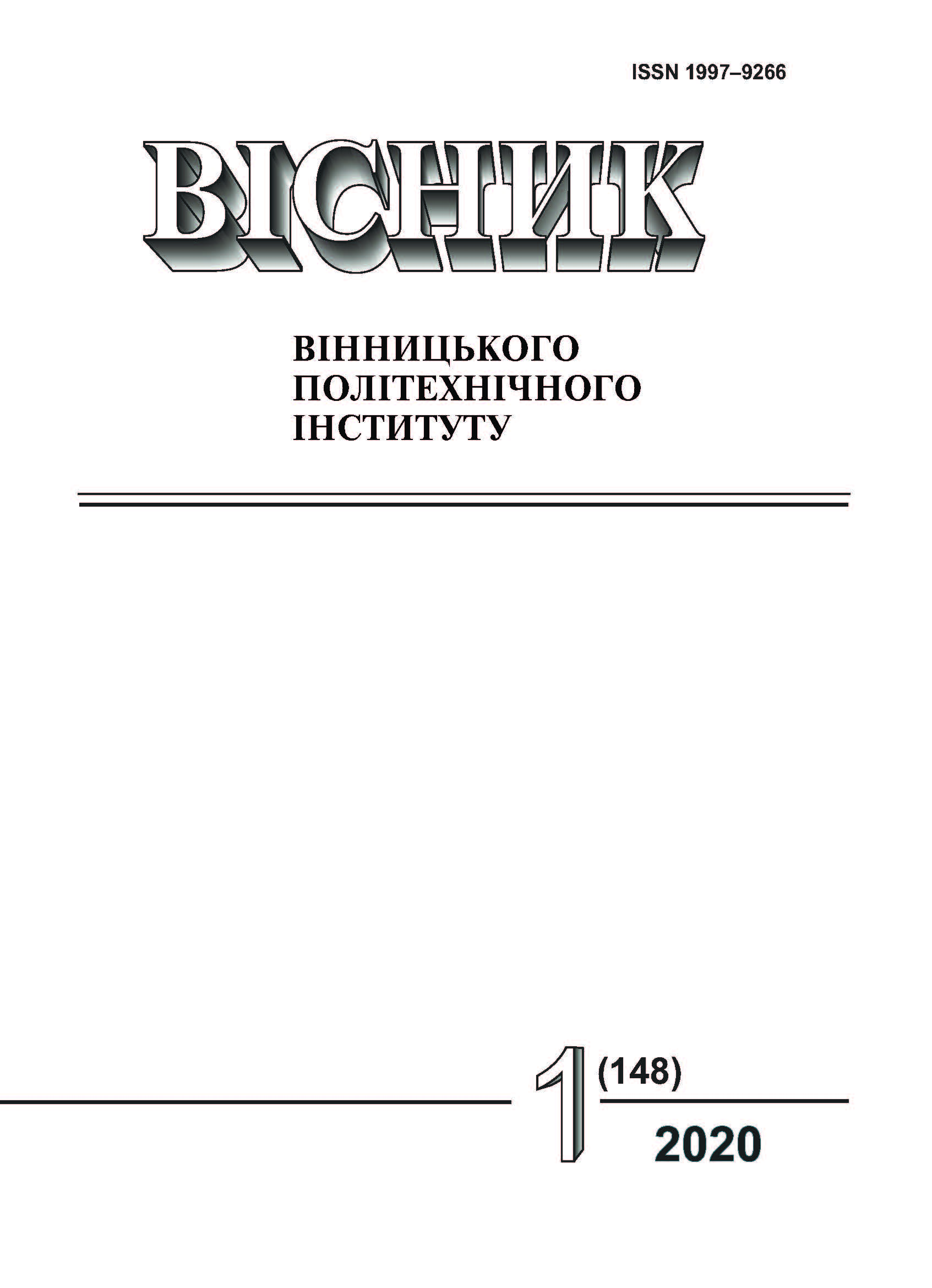The Macroeconomic Estimation of the Labour Productivity after the Types of Economic Activity
DOI:
https://doi.org/10.31649/1997-9266-2020-148-1-23-31Keywords:
labor productivity, busy population, GDP, losses, backlogsAbstract
The relevance of the study is due to the fact that the current economic model of the Ukrainian economy is based on low labor productivity (LP) in comparison with the developed countries of the world, in particular the EU, USA, and Japan.
The purpose of the article is to evaluate the LP at the present stage of development of the Ukrainian economy by the economy, taking into account the shadow economy, the extent of corruption, losses from military actions in the east of Ukraine and annexation of the Crimea.
The dynamics of indices of physical volume of LP by types of economic activity in Ukraine are analyzed, which allowed substantiating the necessity of its calculation in the current conditions of economic development. The size of the LP by types of economic activity at the given prices is calculated taking into account the volumes of shadow employment and in dollar terms. The rate of increase (fall) of LP volumes per one employed in dollar terms by types of economic activity is calculated. Hypothetical losses of LP due to corruption and military actions in the east of Ukraine and annexation of Crimea have been calculated. The LP level of purchasing power parity on average in the EU (28) member states, the Organization for Cooperation and Development, in particular the USA, was compared and comparisons were made with Ukraine, in particular by types of economic activity. Recommendations for increasing the LP level in Ukraine are offered, in particular: by reorienting the model of economy and its structure. Thus, the paper emphasizes that the change of the existing economic model of Ukraine, in particular by reorientation from the agricultural sector to the industrial one; increase in production of goods (works, services) with more value added, especially for export; reorientation to the domestic market of consumption of manufactured domestic products; overcoming corruption and bribery and the like may at times in the first stage of economic development increase the LP. The above proposals and changes in the structure of the economy, especially its reorientation to innovation, industry and economic recovery of such sectors of economic activity as: education, health care, culture and sports, tourism, etc. will allow minimizing the gap between Ukraine in terms of LP from developed countries.
References
Level of GDP per capita and productivity (2018). Організація економічного співробітництва та розвитку. [Електронний ресурс]. Режим доступу: https://stats.oecd.org/index.aspx?queryid=54563#. Дата звернення: Груд. 10, 2019.
О. Жилінська, Доктрина збалансованого розвитку. Львів, Україна: Кальварія, 2017.
О. І. Амоша, «Регулювання регіонального розвитку в Україні,» Економіка промисловості. [Електронний ресурс]. Режим доступу: http://dspace.nbuv.gov.ua/bitstream/handle/123456789/2764/st_32_7.pdf?sequence=1. Дата звернення: Груд. 10, 2019.
Д. П. Богиня, «Продуктивність праці у машинобудуванні як головний чинник ефективності виробництва (18 років поспіль),» Вісник Хмельницького національного університету, Економічні науки, № 4, с. 81-85, 2015.
В. М. Геєць, «Економіка України: ключові проблеми і перспективи,» Економіка і прогнозування, № 1, с. 7-22, 2016.
Е. М. Лібанова, В Україні низький рівень продуктивності праці. [Електронний ресурс]. Режим доступу: https://www.unn.com.ua/uk/news/917705-e.libanova%3A-v-ukrayini-nizkiy-riven-produktivnosti-pratsi. Дата звернення: груд. 10, 2019.
Л. С. Лісогор, «Продуктивність праці в Україні: проблеми та перспективи підвищення,» Демографія та соціальна економіка, № 2, с. 131-138, 2010.
Продуктивність праці та продуктивність капіталу. Міністерство розвитку економіки, торгівлі та сільського господарства. [Електронний ресурс]. Режим доступу: http://www.me.gov.ua/Documents/Detail?lang=uk-UA&id=d5f5b5a2-7689-488d-afab-6420bb349679&title=ProduktivnistPratsiTaProduktivnistKapitalu. Дата звернення: Груд. 10, 2019.
Інфляційний звіт. Національний банк України. [Електронний ресурс]. Режим доступу: https://bank.gov.ua/news/all/natsionalniy-bank-zberig-prognoz-inflyatsiyi-na-2019-2021-roki-i-polipshiv-otsinku-zrostannya-ekonomiki-7024. Дата звернення: Груд. 10, 2019.
Валовий внутрішній продукт в Україні. Міністерство фінансів України. [Електронний ресурс]. Режим доступу: https://index.minfin.com.ua/ua/economy/gdp/. Дата звернення: Груд. 10, 2019.
Ринок праці. Державна служба статистики України. [Електронний ресурс]. Режим доступу: https://ukrstat.org/uk/operativ/menu/gender/gender_dok/2018/pracia/ryn_pr_2018.htm. Дата звернення: Груд. 10, 2019.
Загальні тенденції тіньової економіки в Україні у 2018 році. Міністерство розвитку економіки, торгівлі та сільського господарства. [Електронний ресурс]. Режим доступу: http://me.gov.ua/Documents/List?lang=uk-UA&id=e384c5a7-6533-4ab6-b56f-50e5243eb15a&tag=TendentsiiTinovoiEkonomiki. Дата звернення: Груд. 10, 2019.
Downloads
-
PDF (Українська)
Downloads: 311
Published
How to Cite
Issue
Section
License
Authors who publish with this journal agree to the following terms:
- Authors retain copyright and grant the journal right of first publication.
- Authors are able to enter into separate, additional contractual arrangements for the non-exclusive distribution of the journal's published version of the work (e.g., post it to an institutional repository or publish it in a book), with an acknowledgment of its initial publication in this journal.
- Authors are permitted and encouraged to post their work online (e.g., in institutional repositories or on their website) prior to and during the submission process, as it can lead to productive exchanges, as well as earlier and greater citation of published work (See The Effect of Open Access).





